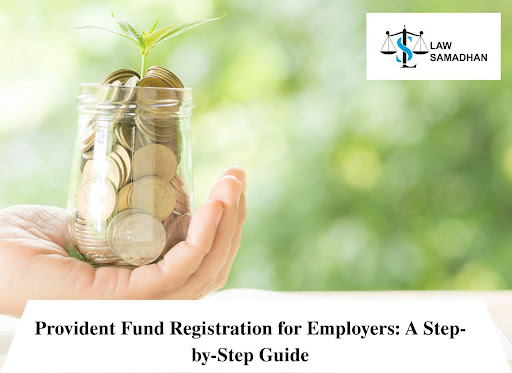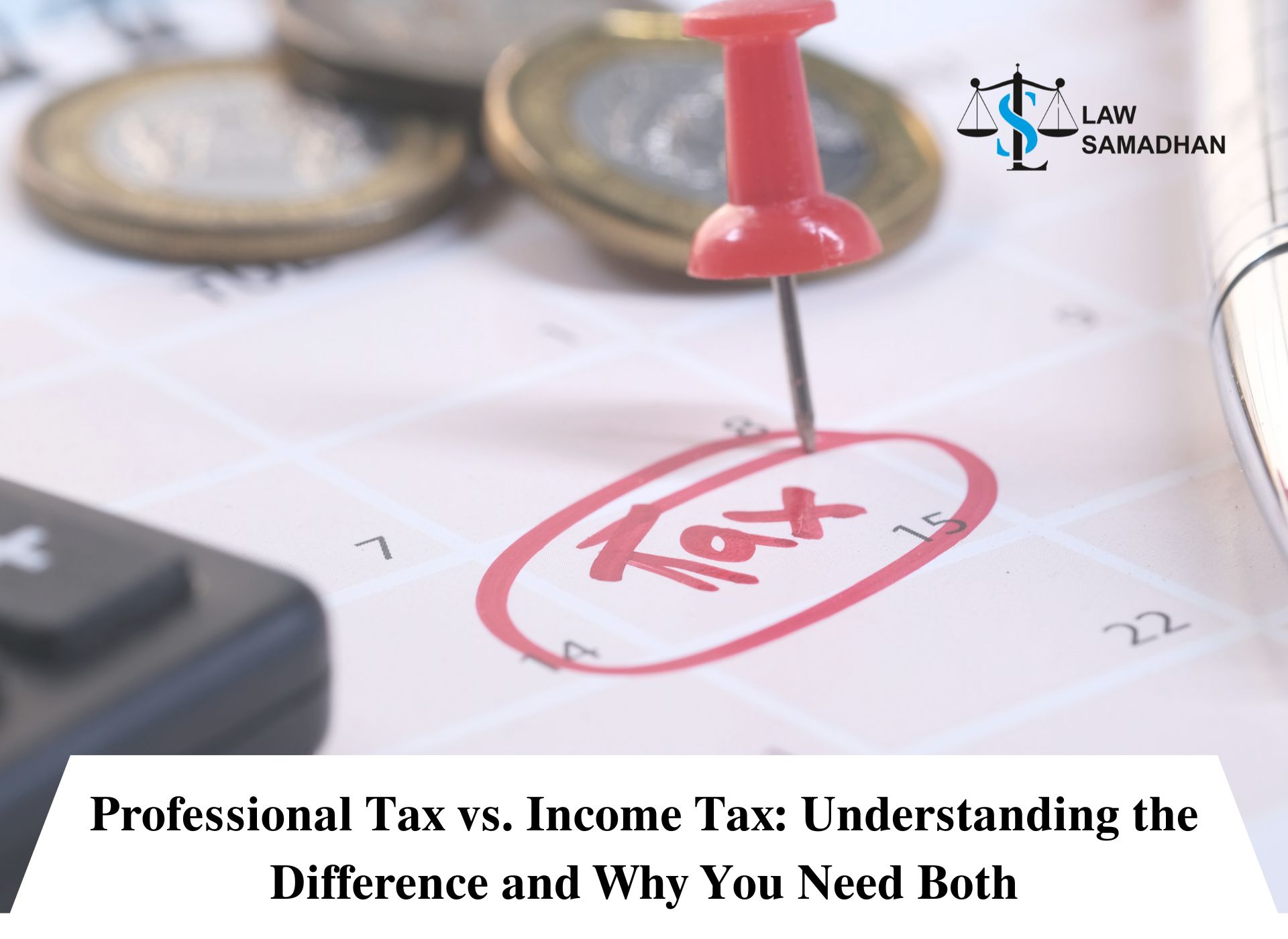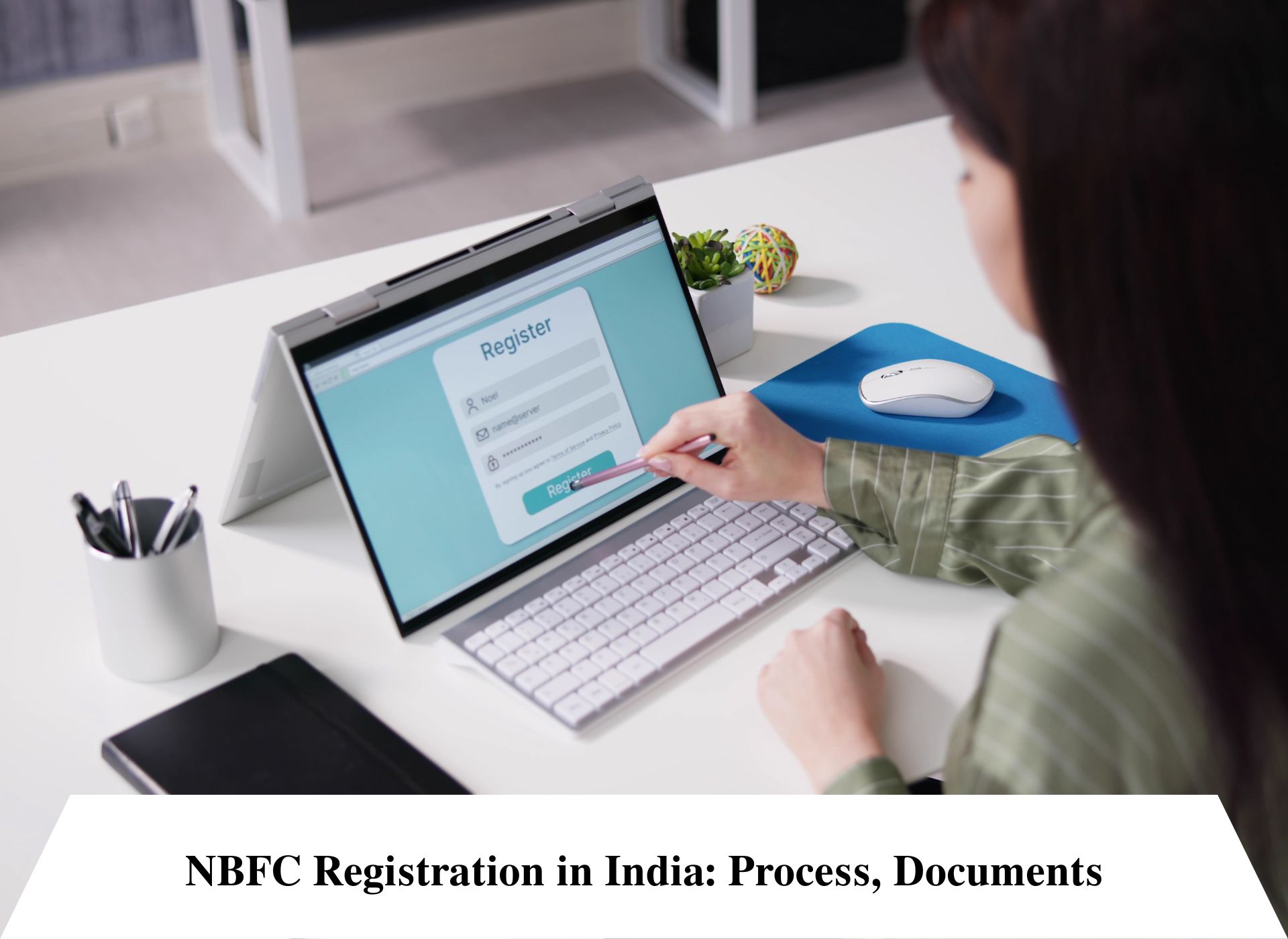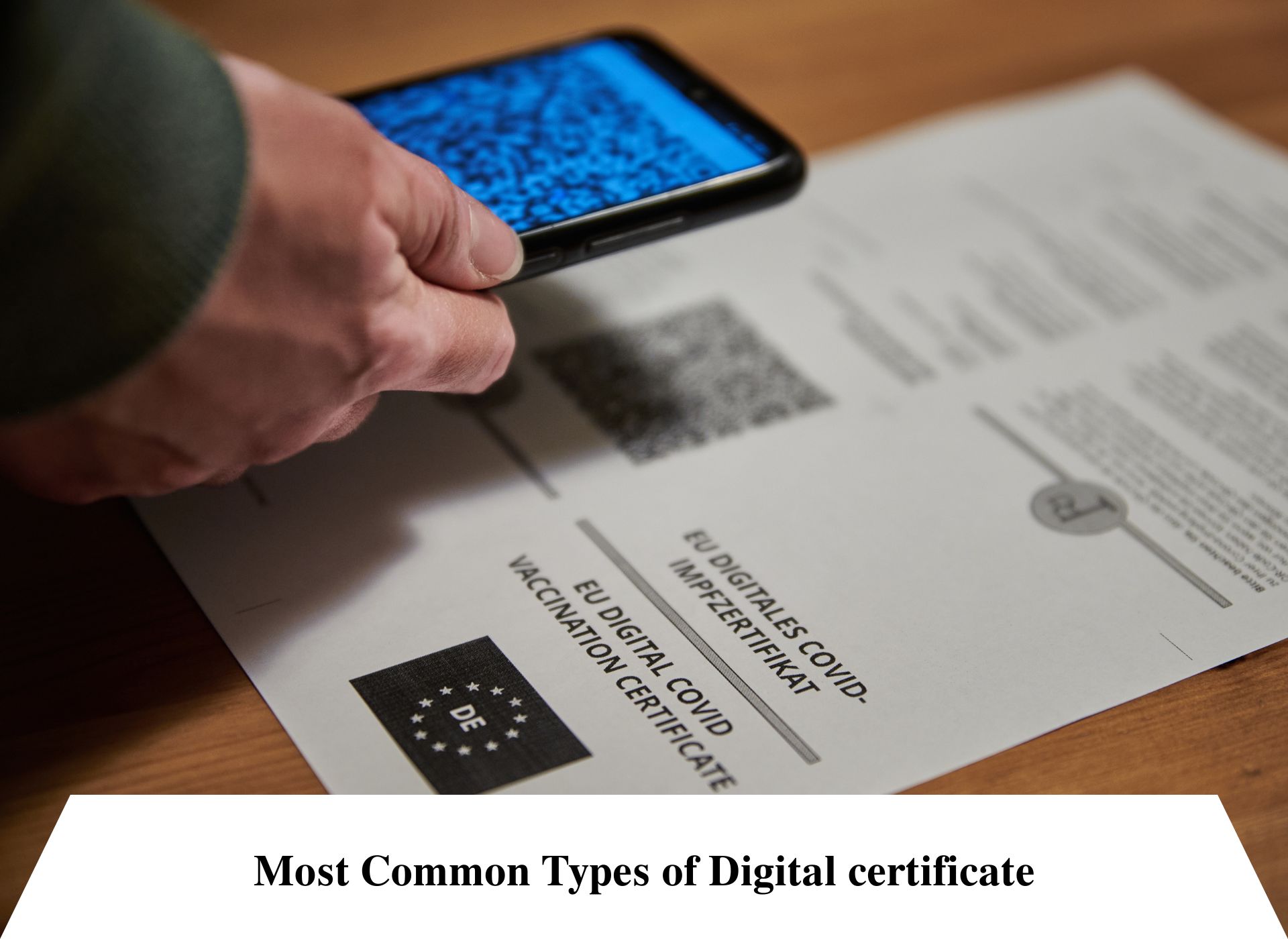Lease agreements are a fundamental aspect of the real estate and property landscape. They define the relationship between landlords and tenants and provide a legal framework for occupancy. As a trusted brand in legal services, Law Samadhan is here to unravel the intricacies of lease deed registration. In this guide, we will delve into what lease deeds are, their significance, and the lease agreement registration process in the year 2023.
What is a Lease Deed?
A lease deed, also known as a lease agreement, is a legally binding contract between a landlord (lessor) and a tenant (lessee). It outlines the terms and conditions of renting a property, including the duration of the lease, rent payment details, maintenance responsibilities, and more. The lease deed serves as a crucial document that safeguards the rights and interests of both parties involved.
Lease Agreement Registration Process in 2023
Lease deed registration involves a structured process that varies from region to region. Here’s an overview of the steps involved in lease agreement registration in the year 2023:
Drafting the Lease Agreement:
The first step is to draft a comprehensive lease agreement that clearly outlines the terms and conditions agreed upon by both parties. This document should encompass essential details such as the property description, rent amount, security deposit, maintenance clauses, and more.
Stamp Duty Payment:
Depending on the state’s regulations, stamp duty needs to be paid on the lease deed. The stamp duty amount varies based on factors like the property’s location and the lease duration. The lease deed should be executed on a non-judicial stamp paper of appropriate value.
Visit to Sub-Registrar’s Office:
Both the lessor and lessee need to visit the local Sub-Registrar’s Office to register the lease deed. This involves submitting the drafted lease agreement along with the necessary supporting documents.
Document Verification:
The Sub-Registrar’s Office will scrutinize the lease agreement and verify the documents submitted. This step ensures the accuracy and legality of the information provided in the lease deed.
Biometric Verification and Signatures:
Both parties’ biometric information will be recorded, and their signatures will be affixed on the lease deed in the presence of the Sub-Registrar.
Registration Fees Payment:
The registration fees, which are calculated based on the property’s rent and duration of the lease, need to be paid.
Final Registration:
Once the formalities are completed, the Sub-Registrar will officially register the lease deed. A registration number will be assigned, and a registered copy of the lease deed will be provided to both parties.
Preservation of Registered Copy:
It is essential to keep the registered copy of the lease deed safely, as it serves as legal proof of the tenancy agreement.
Conclusion:
Lease deed registration is a crucial step that provides legal validity to lease agreements, ensuring the rights and responsibilities of both landlords and tenants are upheld. Understanding the significance of lease deeds and following the registration process meticulously is essential for a smooth tenancy experience. Law Samadhan, as a reputable brand in legal services, stands ready to guide you through the intricacies of lease deed registration, ensuring that your lease agreements are legally sound and well-protected. Embrace the journey of tenancy with confidence, knowing that you have Law Samadhan as your trusted partner.






